Admiring ALL the Wildlife on the Otago Peninsula
While in Dunedin, we took a day to head out to the Otago Peninsula, which juts out into the Pacific Ocean to the east of the city. A lot of conservation work has been done there (to make up for a lot of decimation due to early European arrivals), and the peninsula is now are home to several wildlife preserves. We booked a full afternoon of wildlife observation, getting to see the rare yellow-eyed penguin, the royal albatross, and the little blue penguin.
To see the yellow-eyed penguin, we took a bus out to a reserve on the coast and then had a nice walk overlooking the reserve and the beach, which is completely dedicated to allowing the yellow-eyed penguins undisturbed access between their nests and the ocean. We continued on the trail down into the nesting areas and went through covered trenches the conservationists have built to allow visitors to get close to the nests without alarming the penguins. We checked out a few different nests and learned some fun facts about these very rare penguins. There are less than 4,000 of them in the world now, mostly around the south of New Zealand, including at a sub-antarctic island south of the South Island. We also noticed that they seem to be quite happy sitting still and doing nothing for long stretches of time.
Our next scheduled tour was to see the only mainland colony in the world of Royal Albatrosses. These are pretty incredible birds: their wingspan reaches up to 3 meters, they routinely spend a whole year at a time out at sea without ever touching land, and at one point in their adolescence they take a 5 year long trip totally away from land. Our tour took us on a short walk up from a nice visitor center and cafe to an observatory room looking out on part of the colony. We got to sit and watch a bunch of them (up to 20 at a time?) as they nested, gammed (a term for the adolescents yelling at each other and showing their wings to prove their mate-worthiness), and soared. Pretty awesome.
Finally, we waited around until dusk to see the little blue penguins return from their day of fishing. We walked down towards the beach to a deck that had been built over the little blue penguin nests and waited for them to come home. As it got darker and darker, we were told to look out into the water for black “rafts” coming towards us. After a bit of waiting, I started to see some unusual little splashes out in the water that were growing in frequency and that were moving towards shore with surprising speed. Eventually the splashes became tumultuous and then a group of 50 or more little penguins materialized onto the beach, transitioning from their horizontal swimming position to a vertical walking one. They waddled their way off the beach and across the rocks, ignoring and crowding out the seagulls who were standing all over the rocks. They made their way up through the grass with amazing determination to get quickly to their nests, and disappeared into safe hiding. We saw 4 or 5 rafts come in while we were watching (some smaller than others), and also got to see some of the little guys reappear after they had visited their mates at the nest. They come in from the ocean in groups to gain safety in numbers, and we saw how some that were slower walkers became very hesitant about being alone out in the open. I mentally made friends with one (Jimmy) who had to hide in the grass between rafts so that he wouldn’t cross the final feet on his own. The whole phenomenon was really cool to watch.
Additional wildlife made appearances as well – commentary and additional details in the photo captions :)

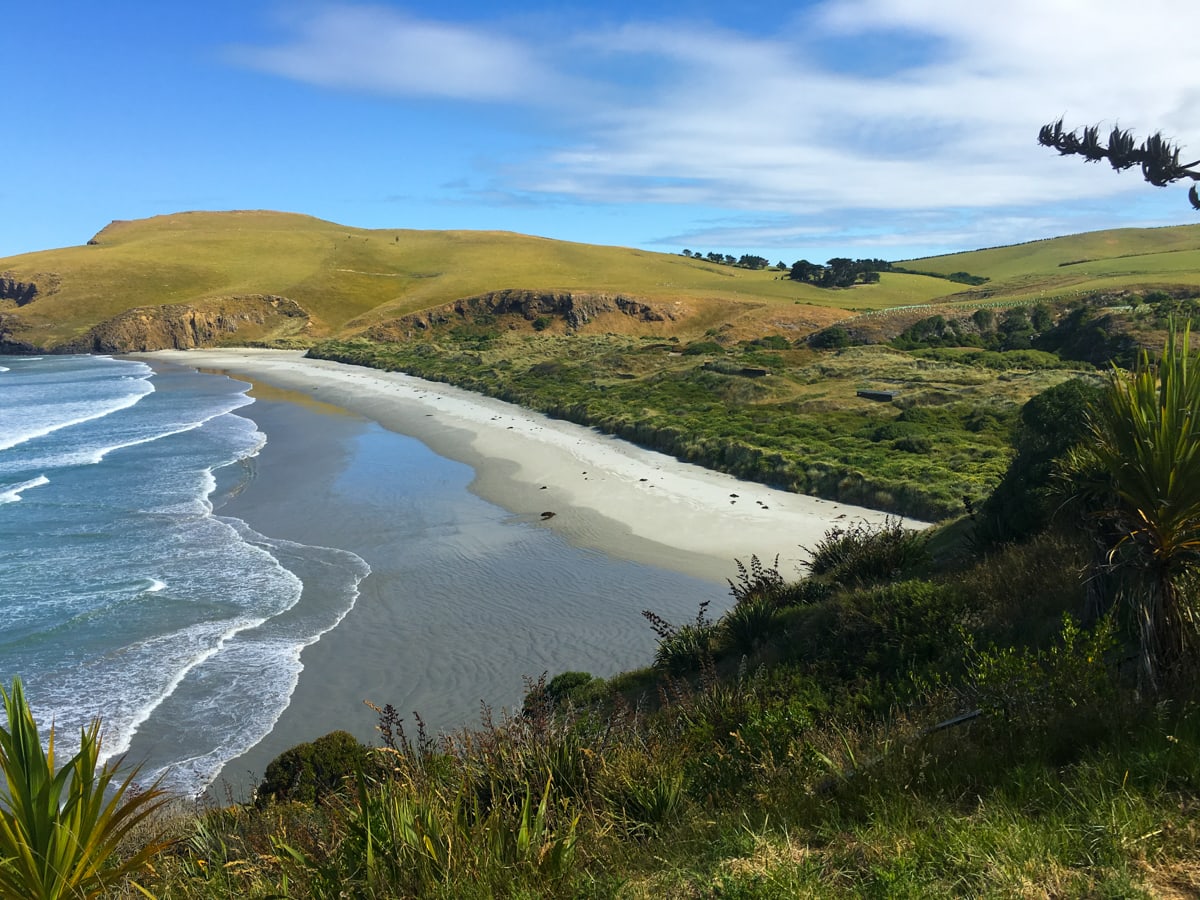
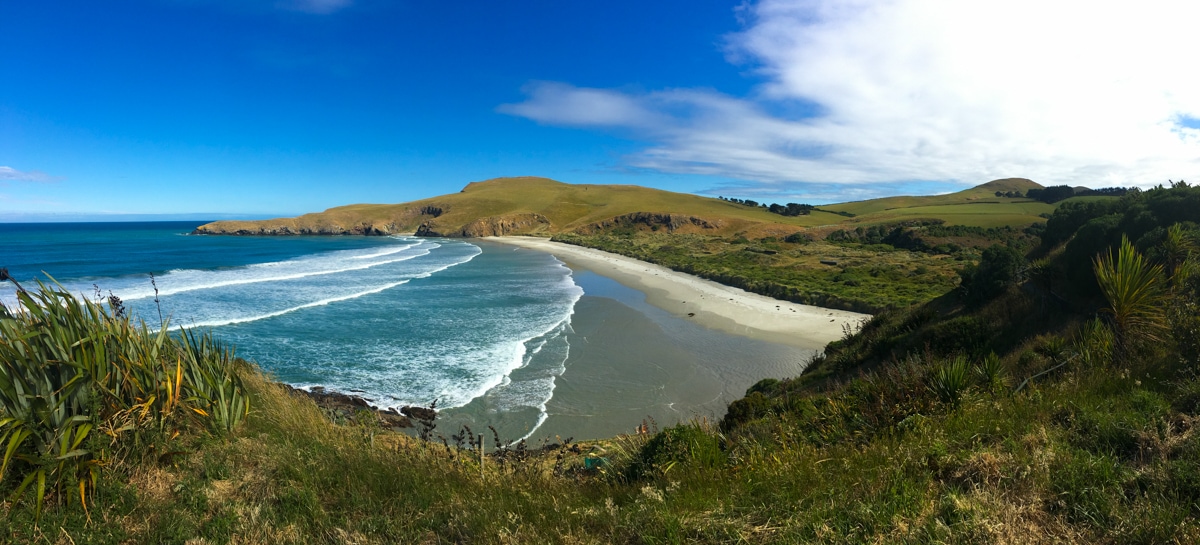
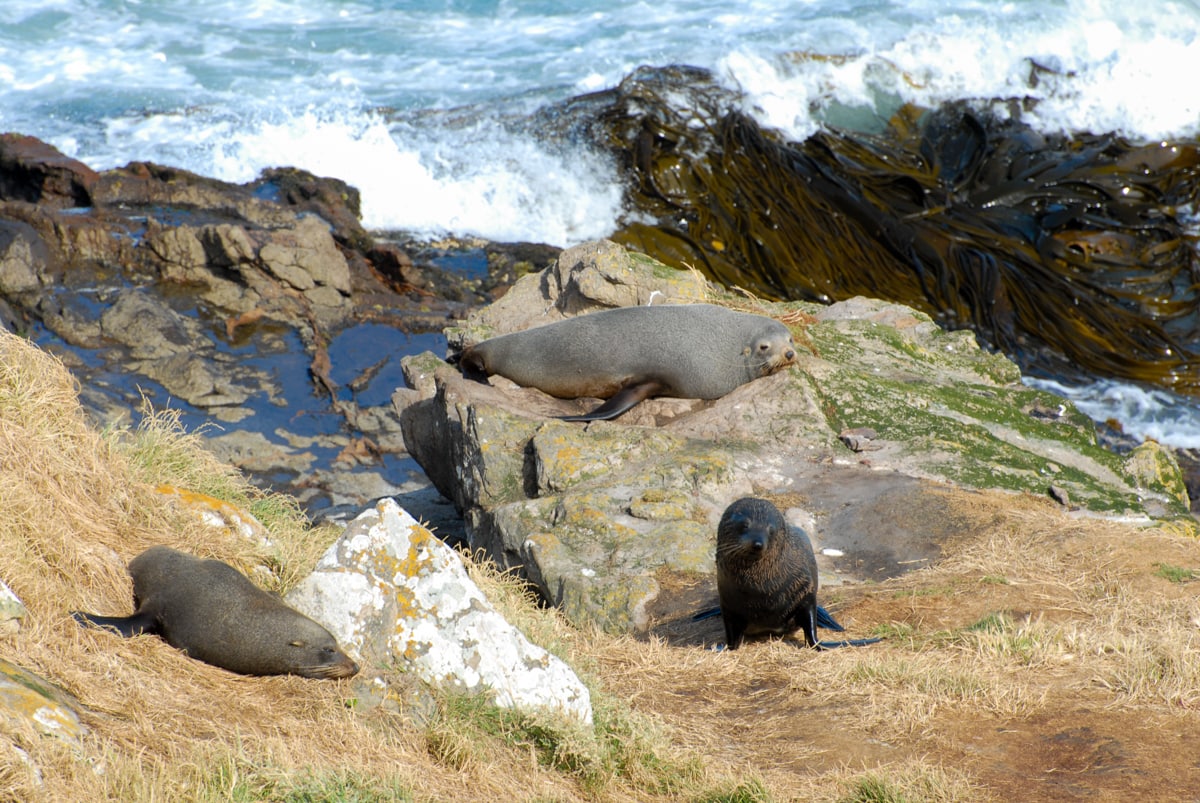
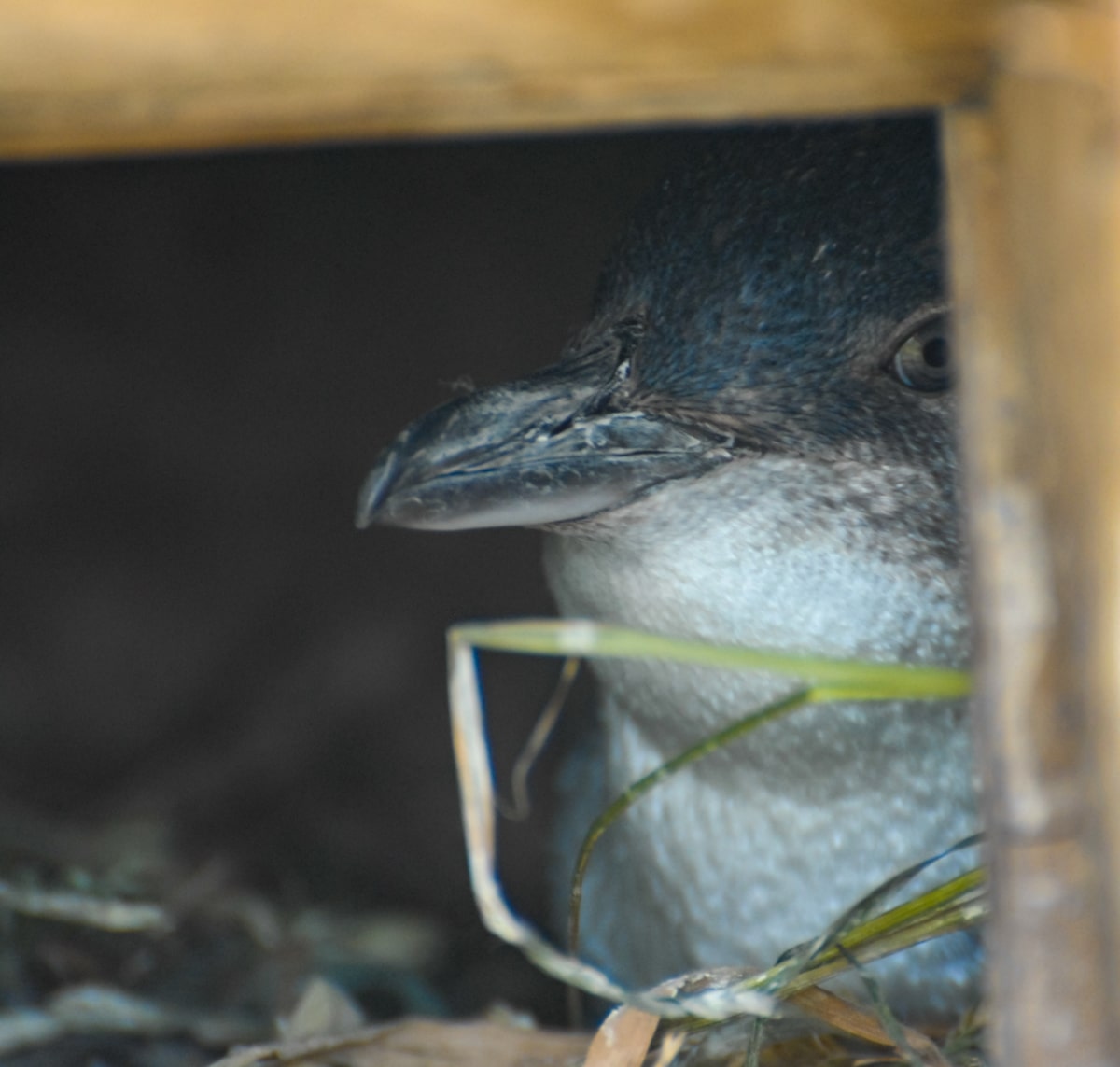
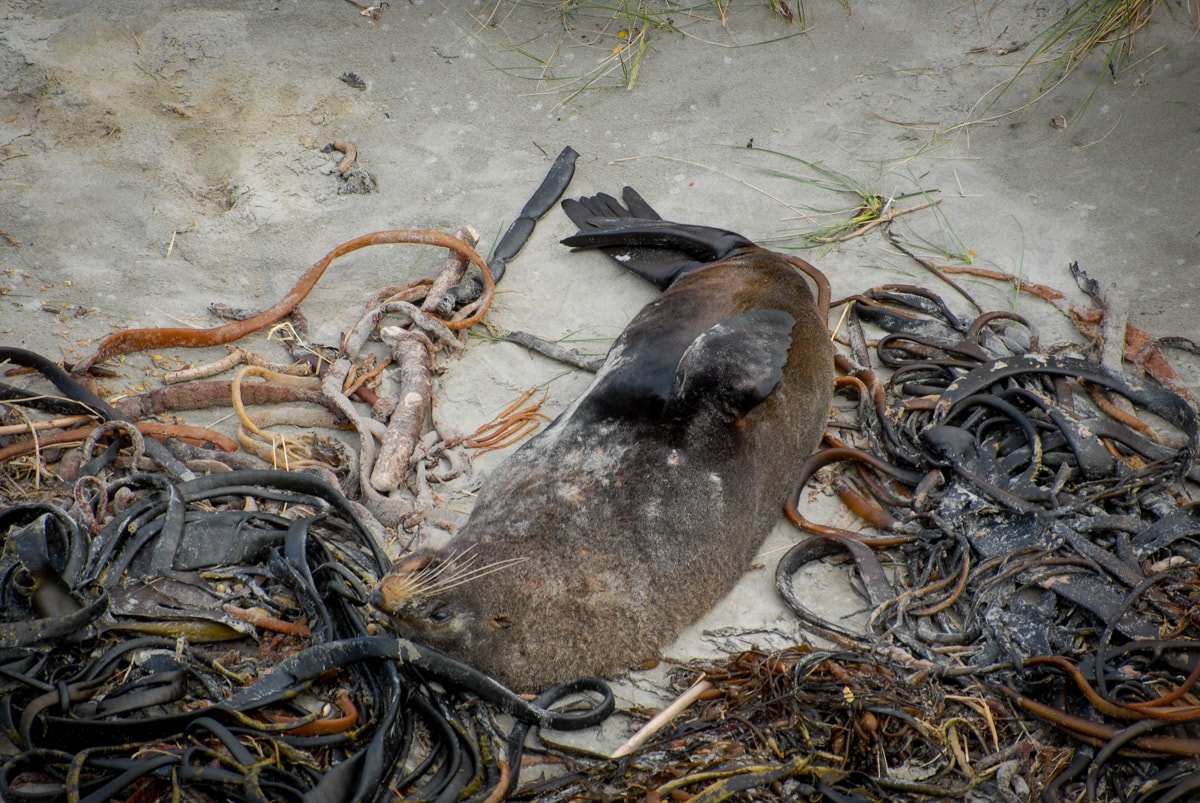
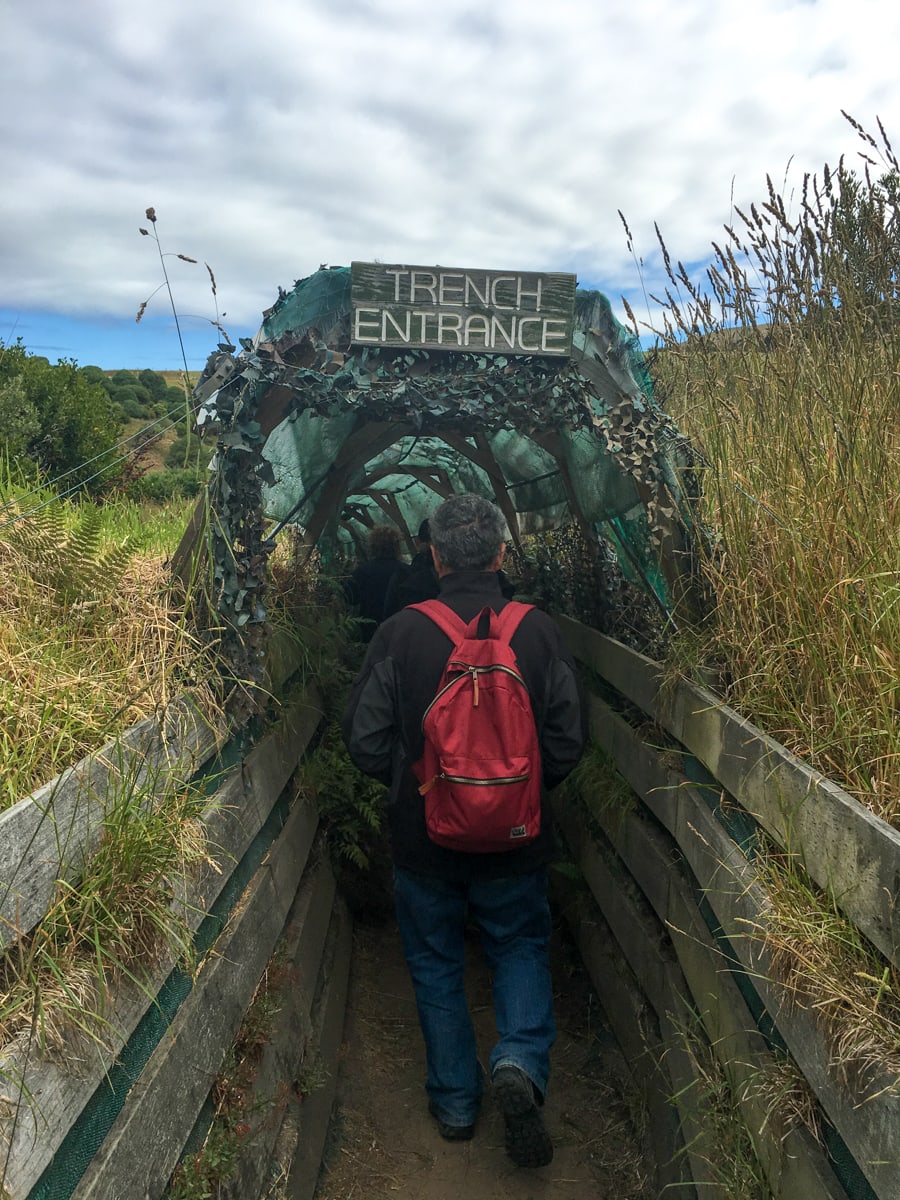
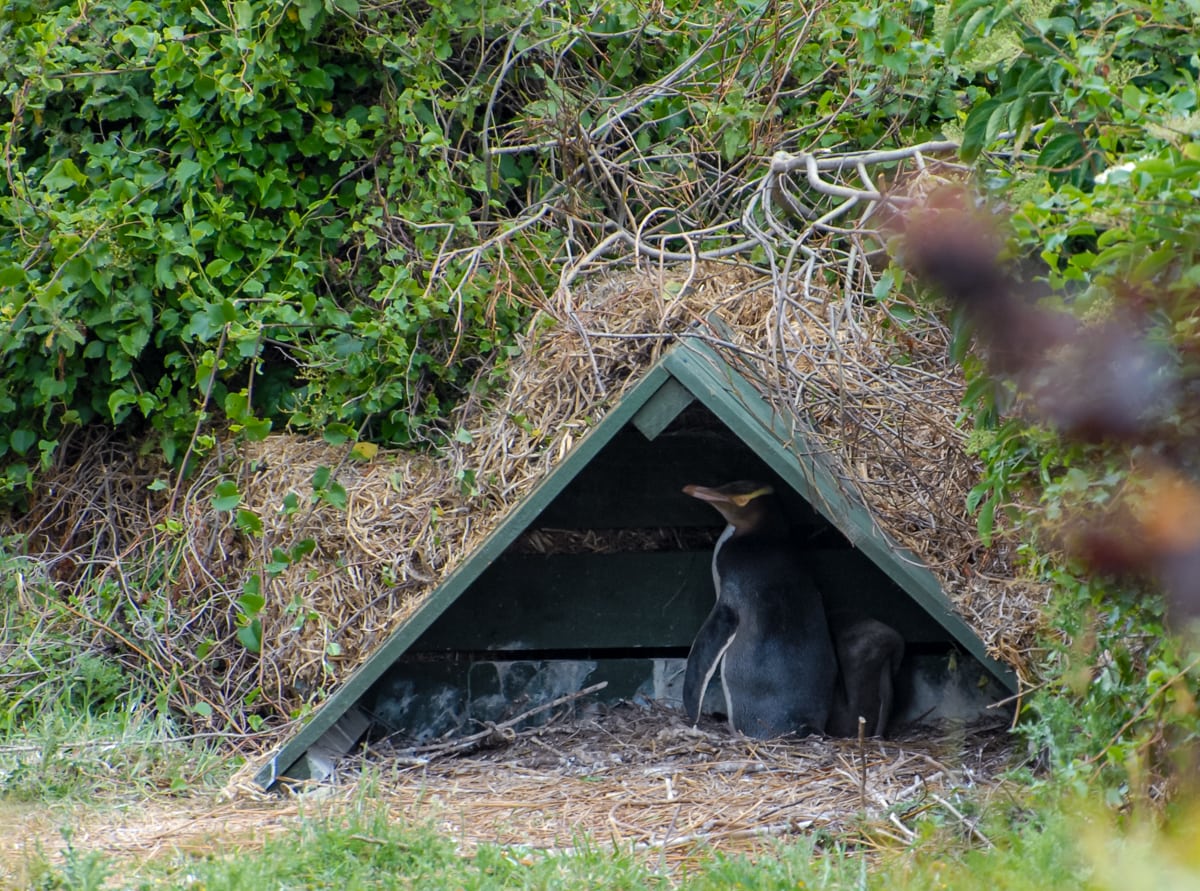
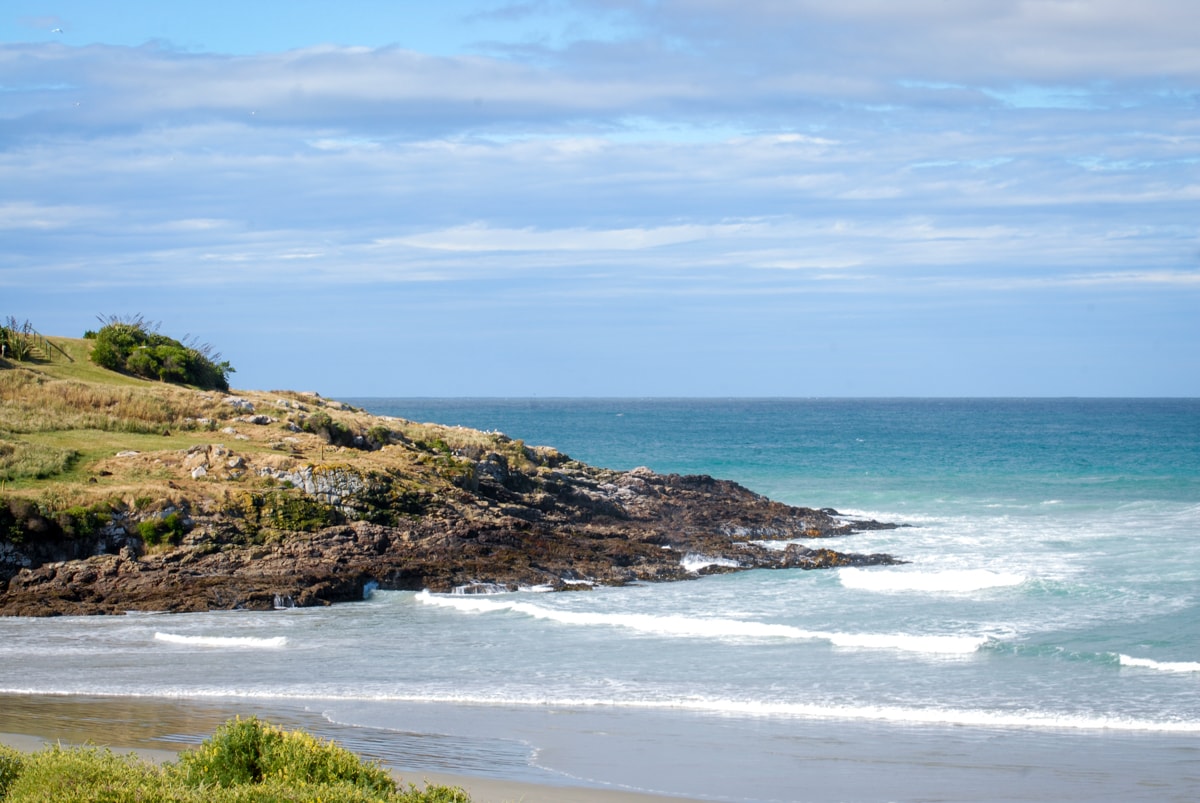
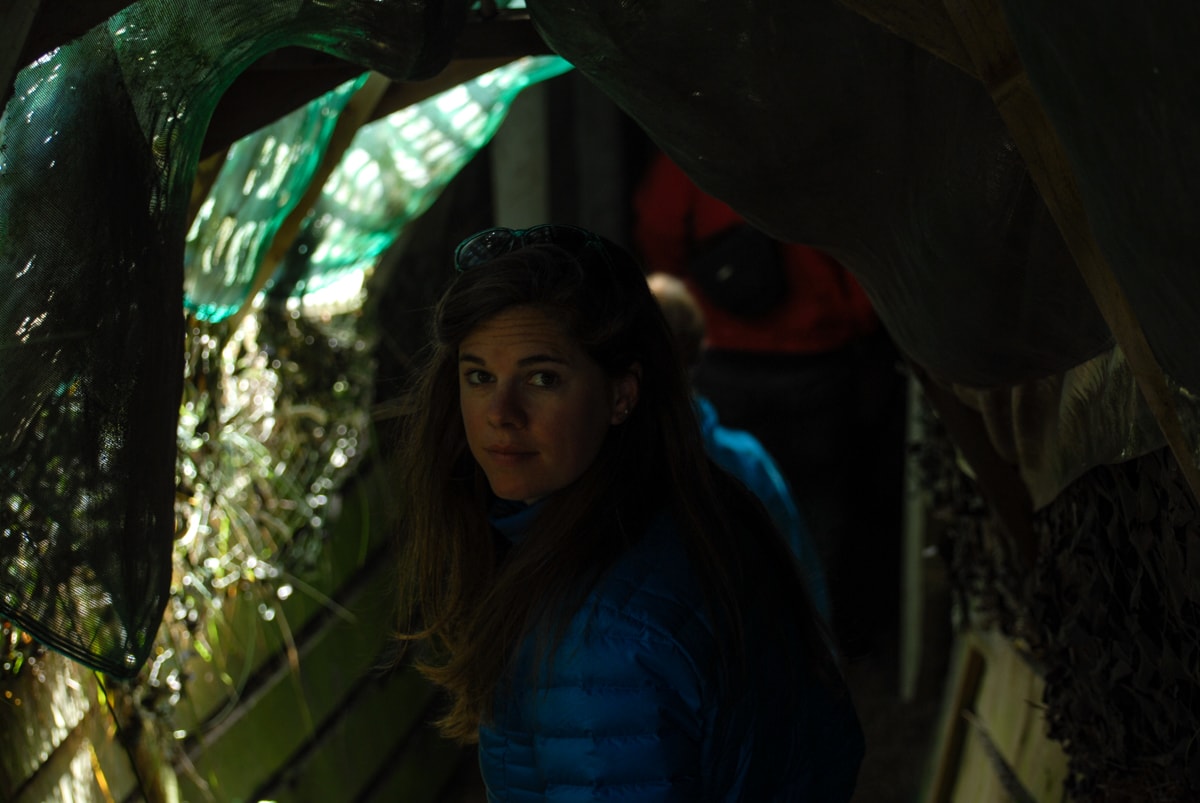
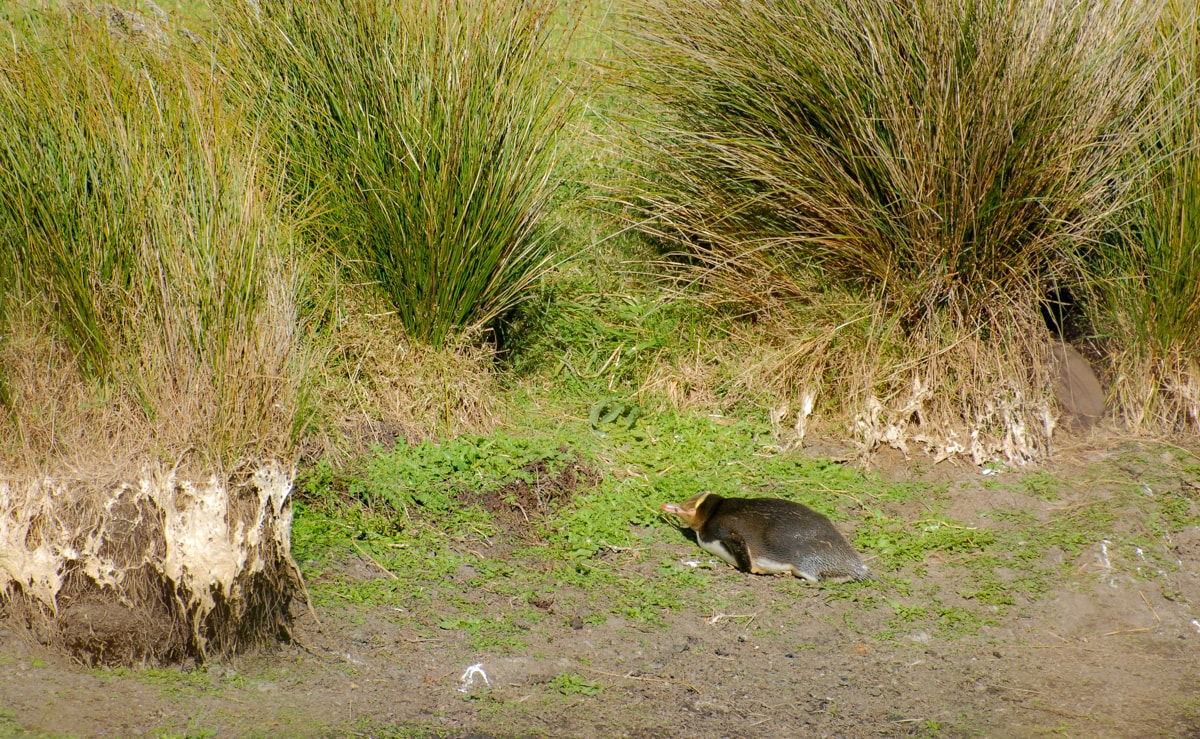
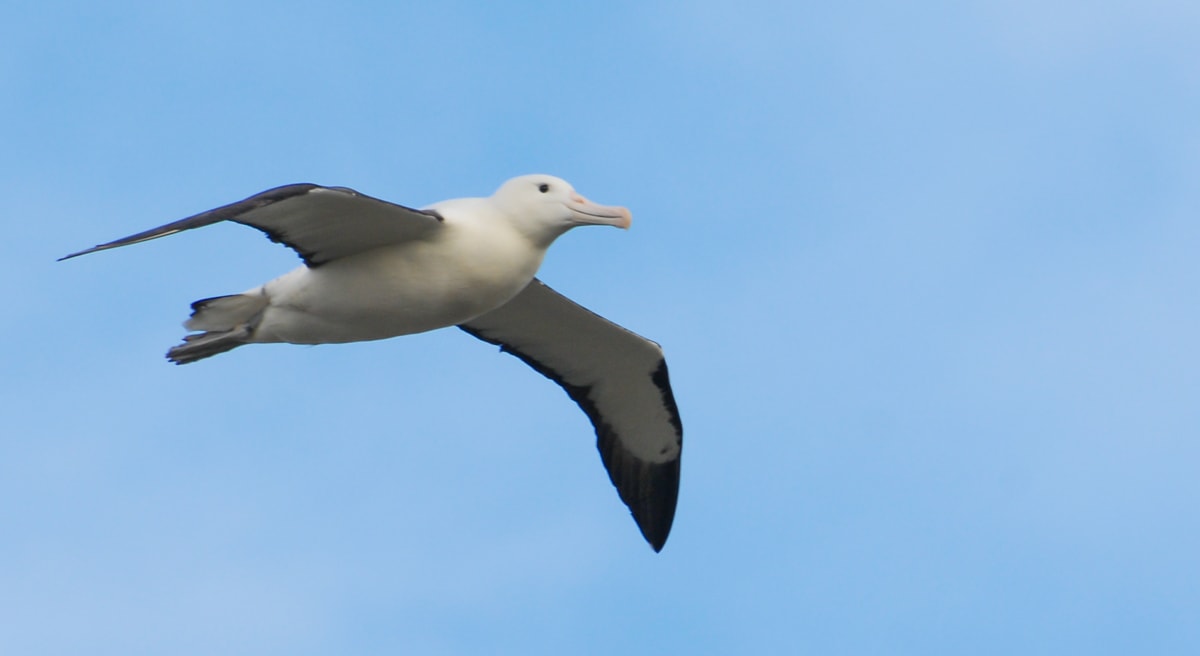
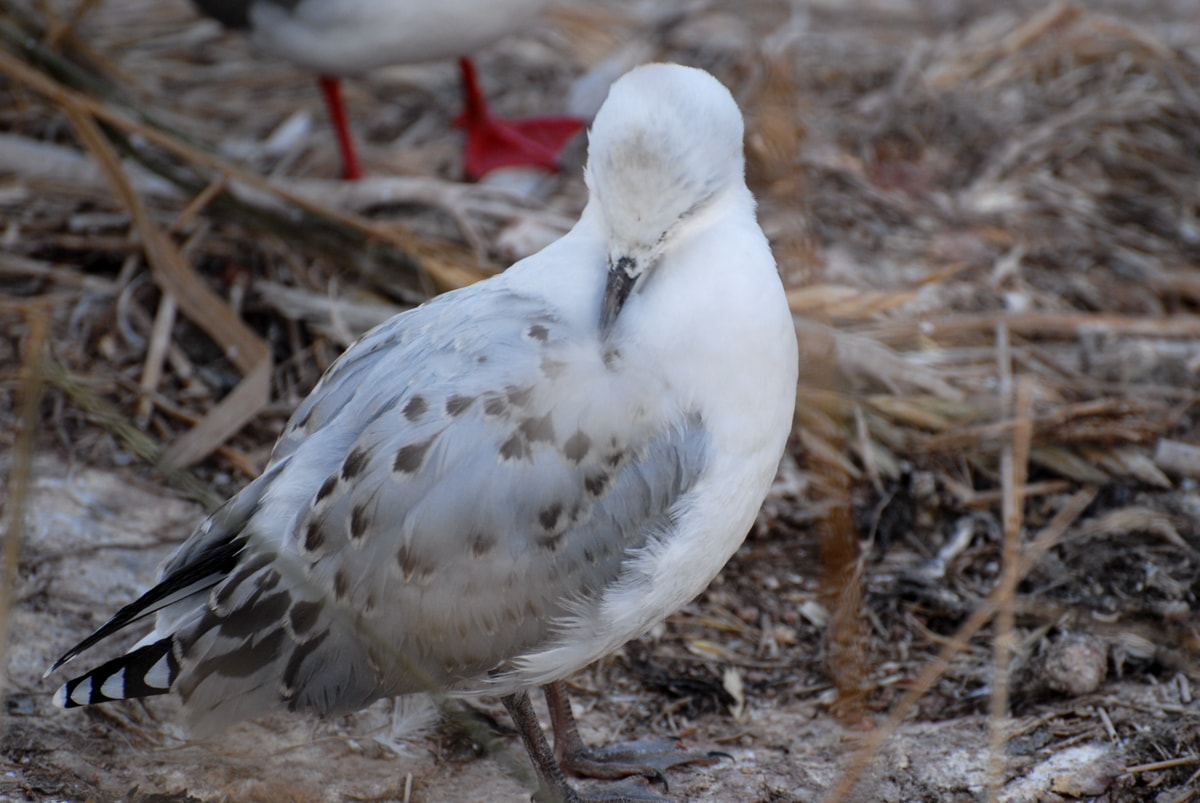
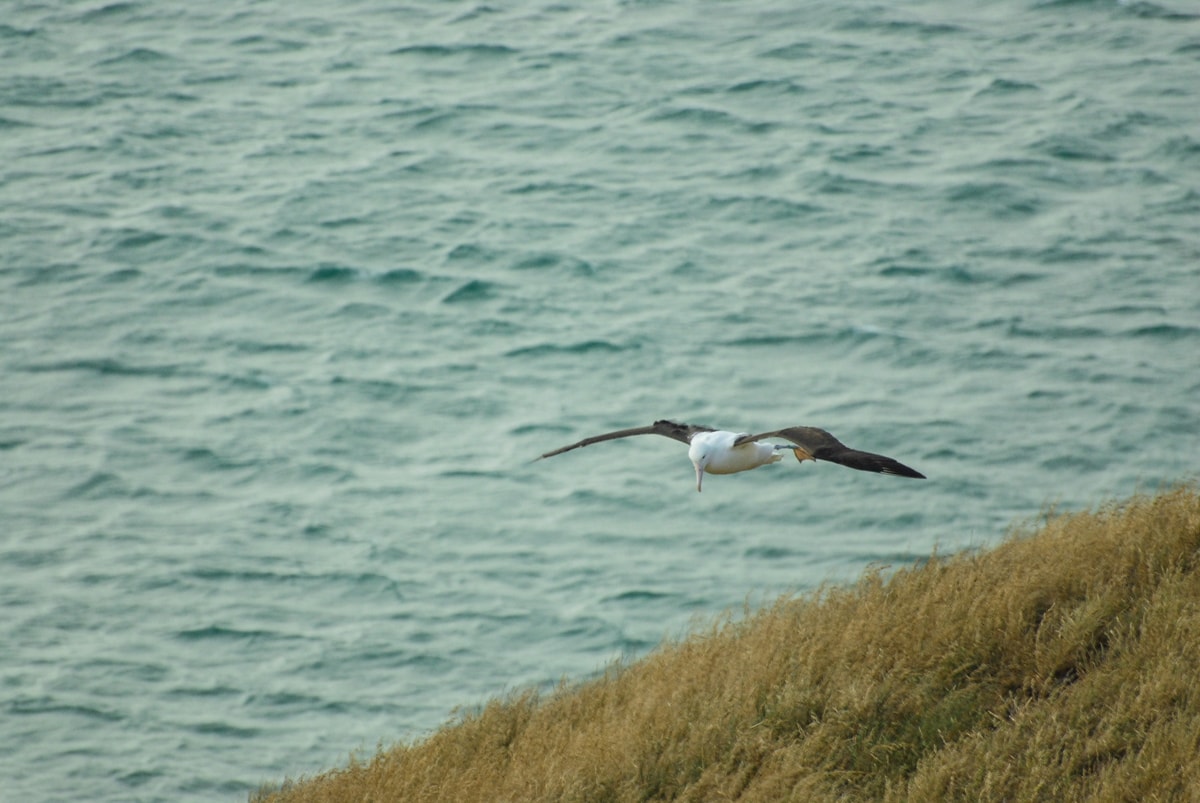
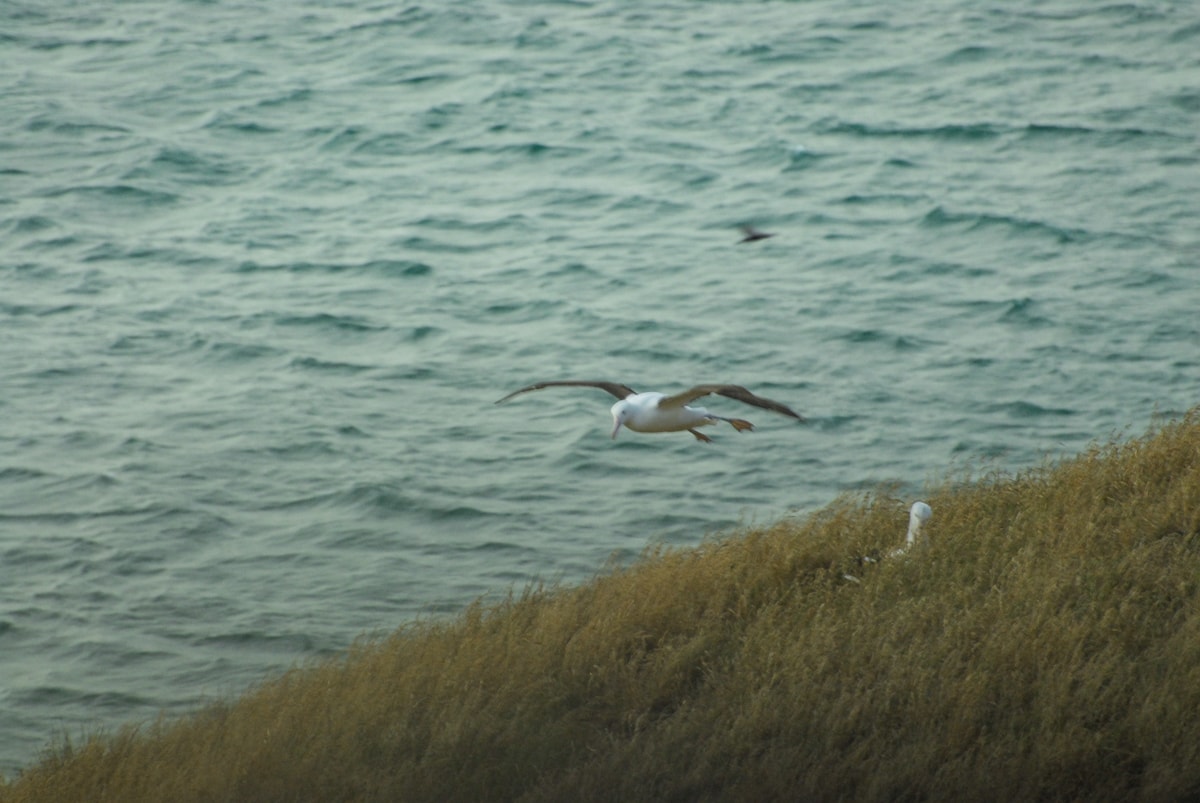
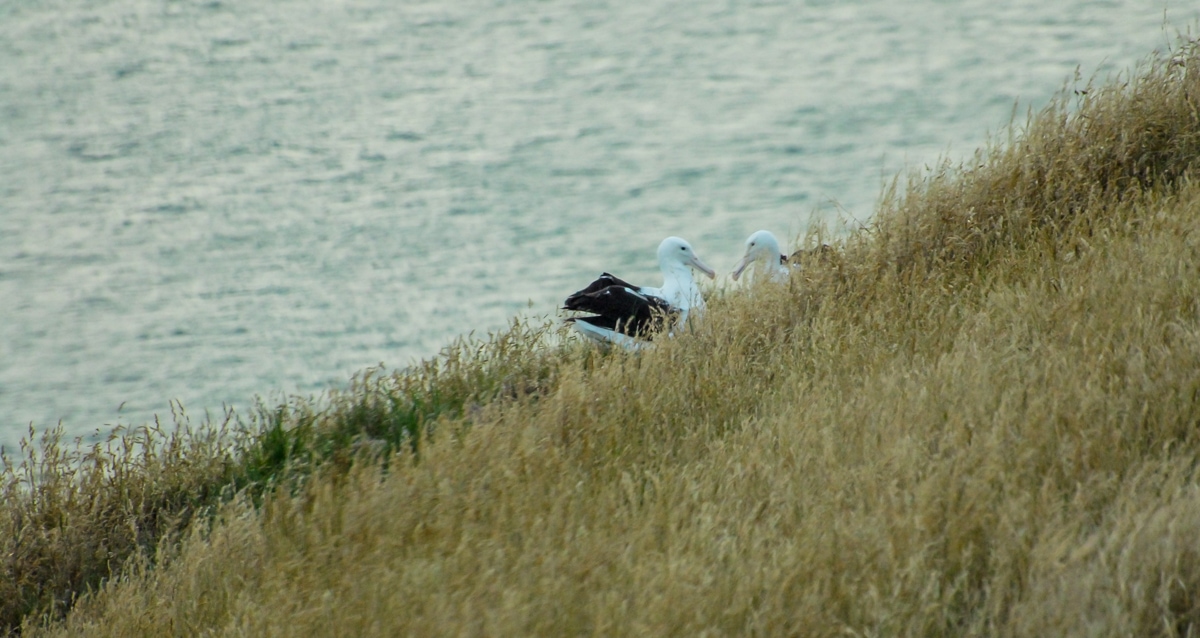
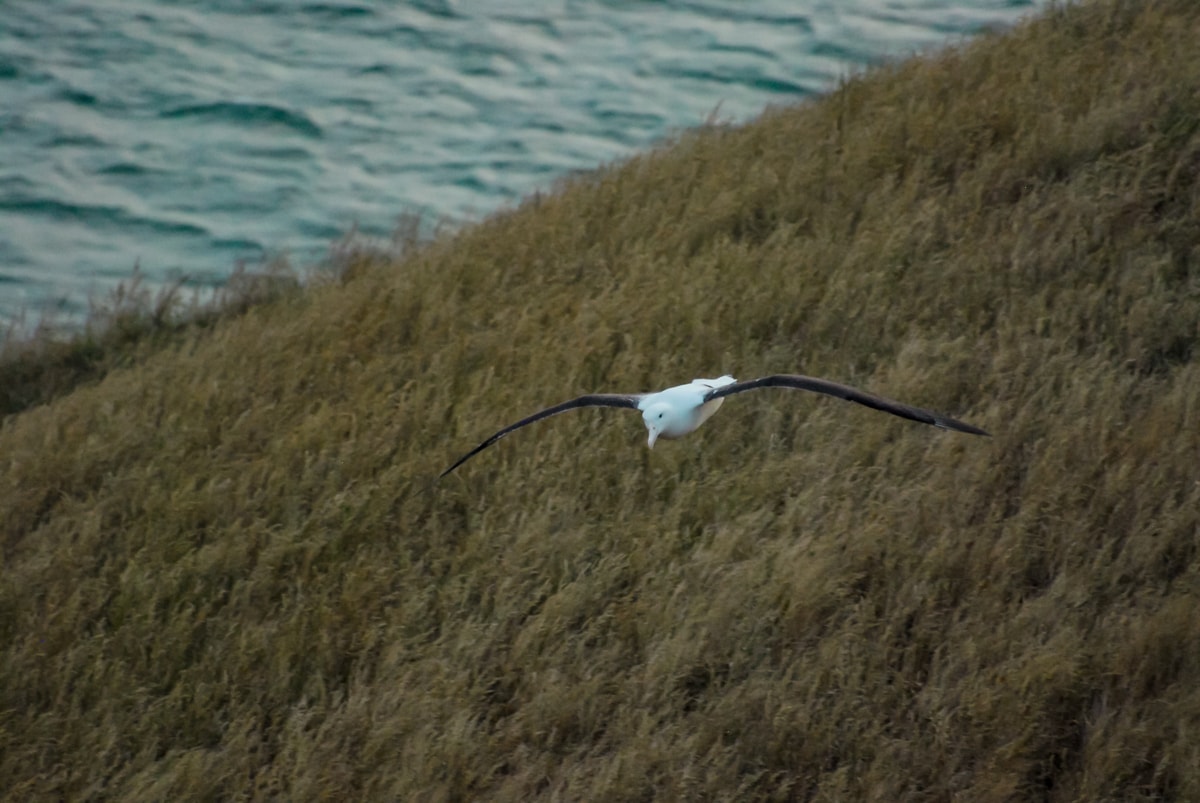
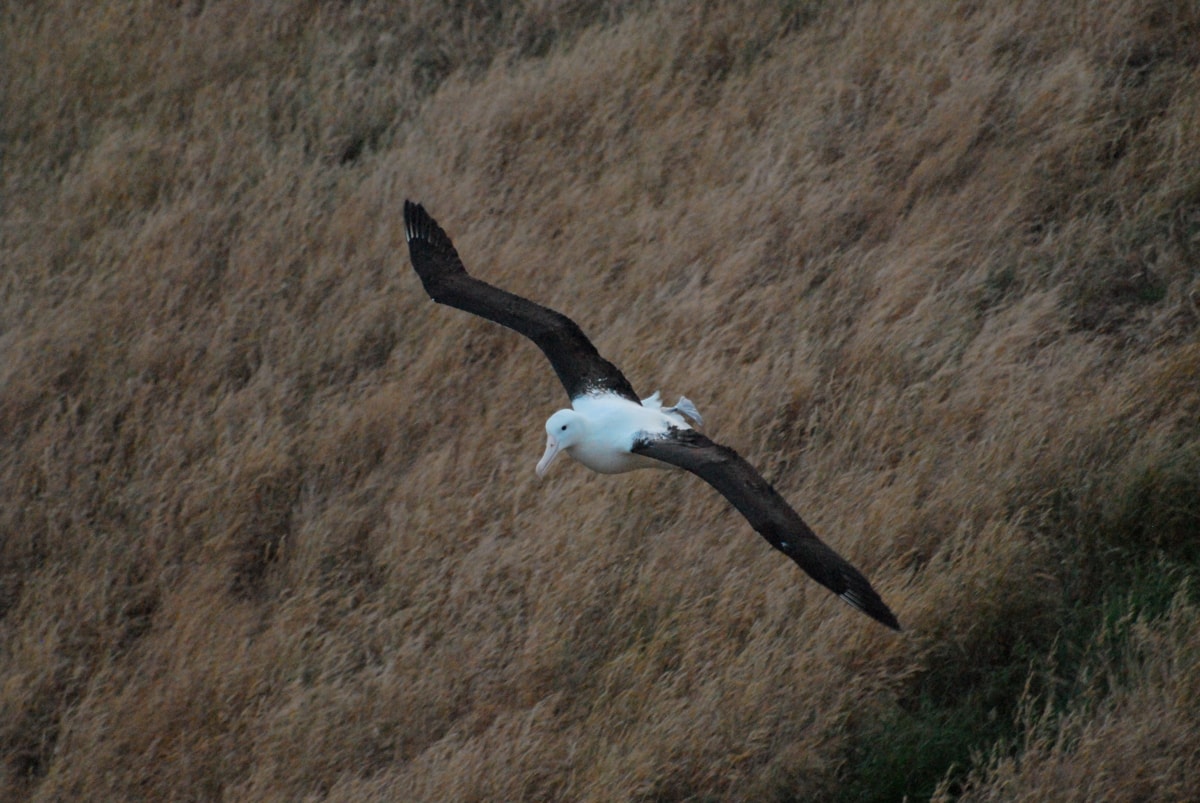
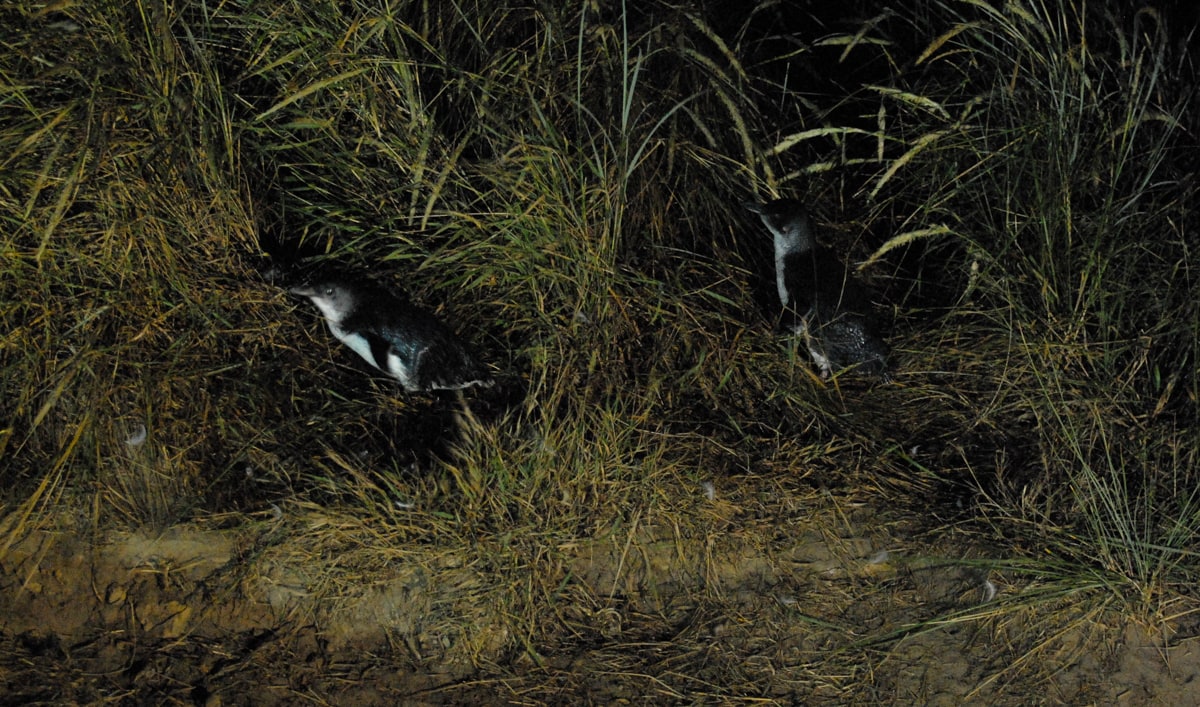
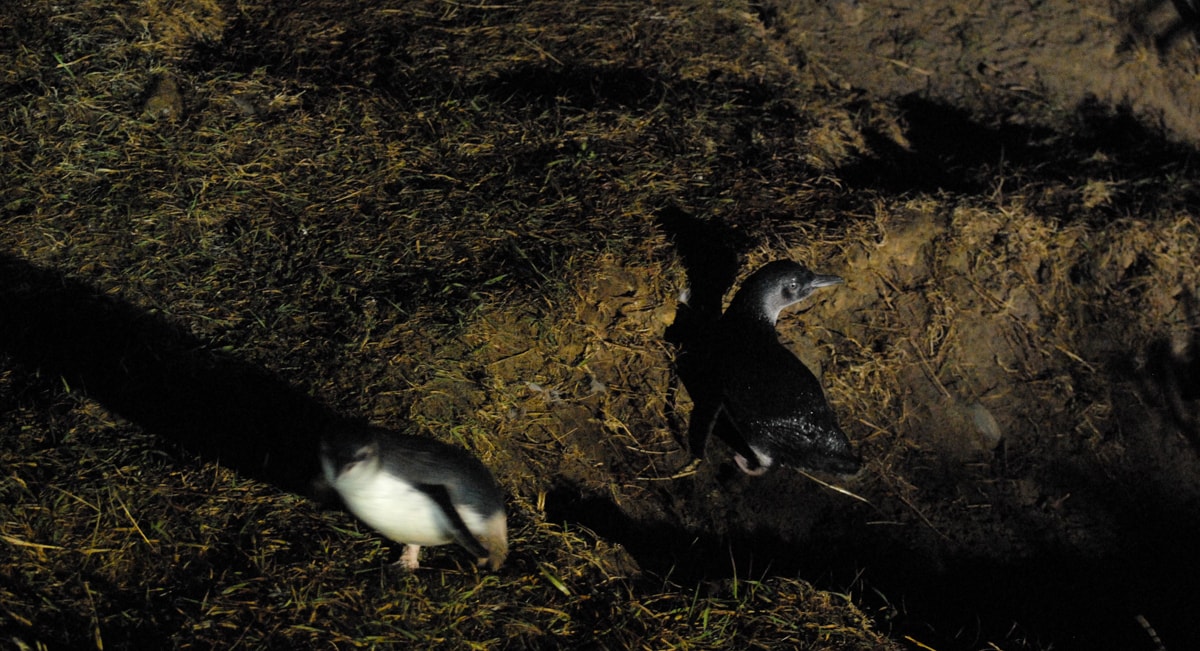
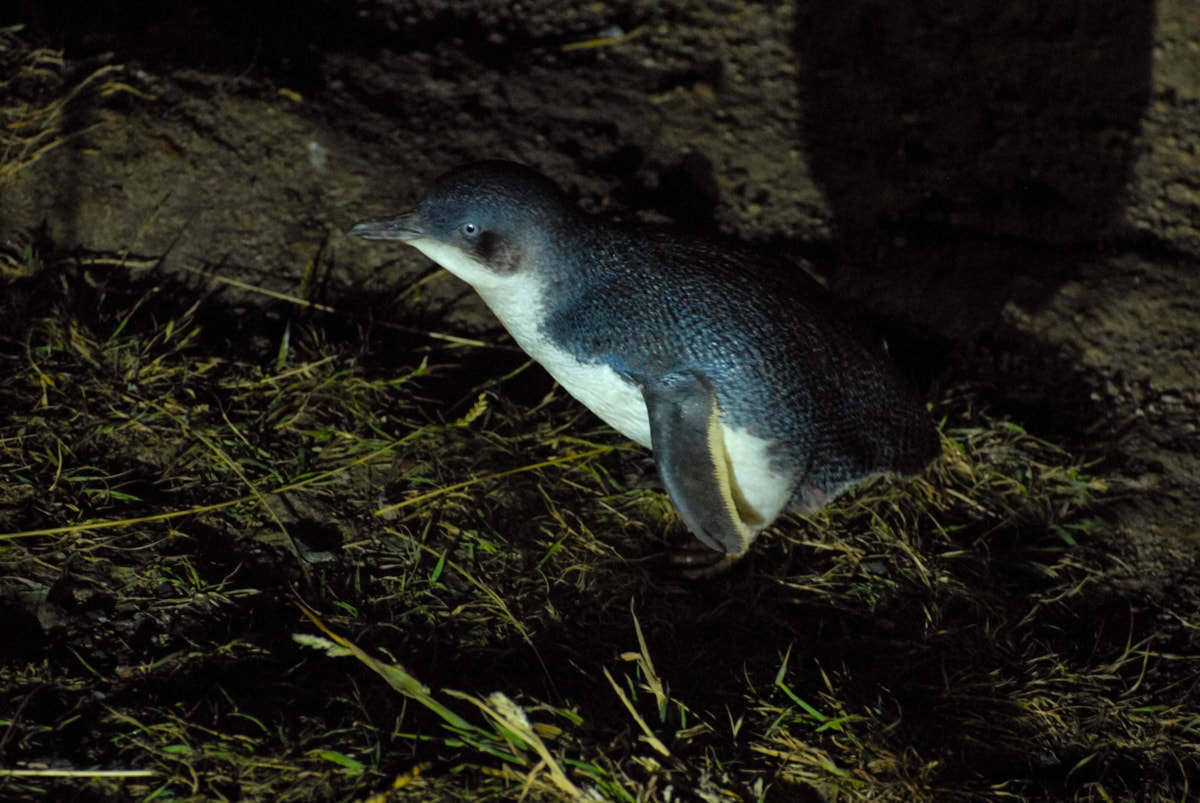
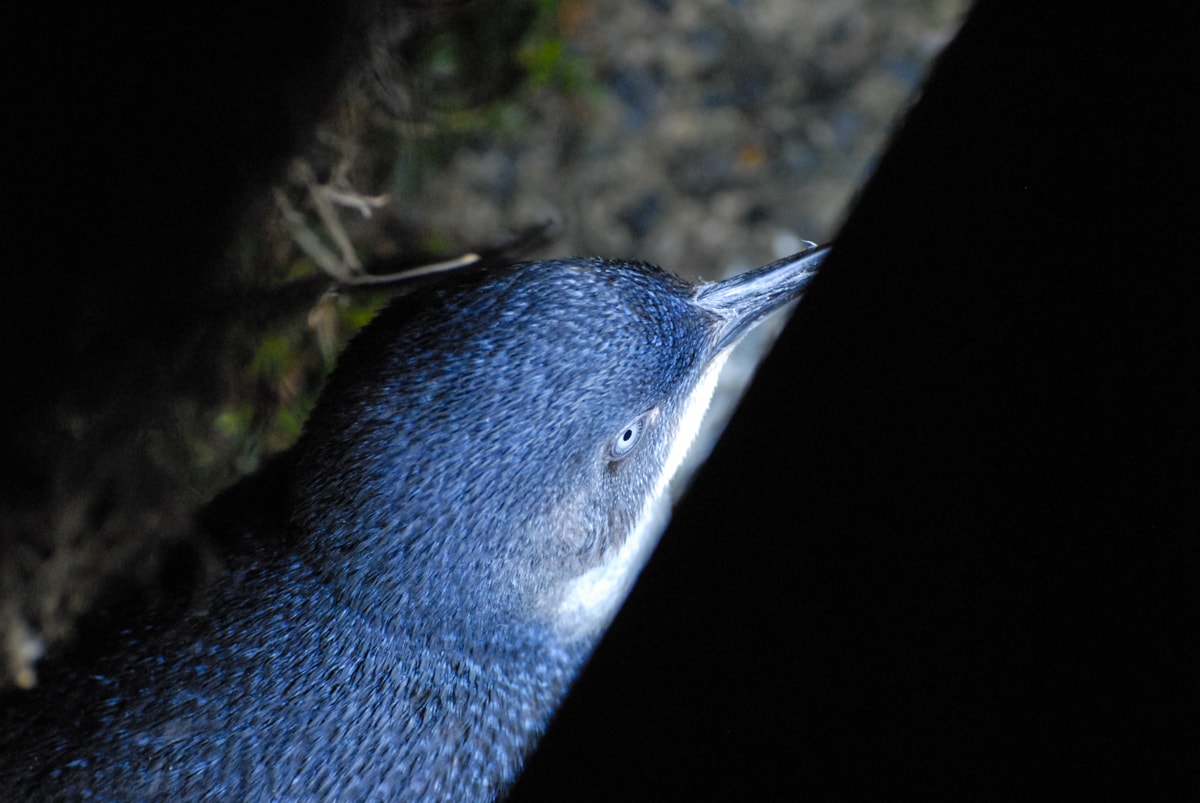
Wowza, super cool. I think I might want a telephoto lens now.
Ahhhhh so cool!!!!